In today’s leadership environment we see more and more leaders falling back into the point and direct model for leadership in hopes to drive the organization forward. Especially in larger organizations where the top leaders do not have the opportunity to look their employees in the eyes on a regular basis. It becomes easy for the leader to forget their first responsibility is not to a shareholder, board or directors, but to the employees that carry out the day to day tasks that make the organizations move forward.
Far too often the focus because a short-term quarter by quarter vision to keep investors interested in purchasing the stock of an organization instead of the long-term focus of what will keep the organization moving forward decades into the future. With focus to get the financial numbers to fit into a short-term budgetary goal instead of the long-term vision of what the organization will plan to disrupt their industry with, the organization fails to make any headway and is just treading water while others are swimming by.
By being shortsighted the leaders start commanding employees to perform tasks to cut budgets, eliminate travel, no quote potential opportunities, or worse give back profitable business. Leadership focuses on what makes the shareholders happy instead of the metrics that drive the organization forward. They go on the defense instead of looking at how they can find opportunities and low handing fruit to make small gains each day to drive more and more profit.
Instead of cost cutting initiatives, leaders can make the hard decisions like taking pay cuts, reducing their travel, meet via virtual platforms, and meeting with employees regularly to get the temperature of the working level teams to understand what is going on. From there the leaders can make educated decisions on how to move forward with the right support.
Instead most leaders are biased because they don’t want to take paycuts themselves so they push it on to others and they also believe travel is a must for them because well they are the leader and decisions need to be made by them and only them.
Leaders need to do more than just listen effectively to the employees, they also need to go the way, show the way, and lead the way so that others can follow them as the organization moves forward.
Leaders need to stand out front of the employees to charge the hills of battle and chart the course. Employees want to see the leaders out in front so they can have the confidence that the leaders will be with them when it’s time to step forward out of the comfort zone and take the field of battle. Employees will respect and engage more when they see that the leaders are up in front and ready to roll up their sleeves to get to work for the better of the company.
One of the most impactful leaders I had worked for took a paycut during an economic downturn while allowing the employees to maintain their salaries. That really made an impact to the employees who really buckled down and worked harder for that leader. The organization actually did really well during the uncertain time and accelerated even faster out of that downturn which made the organization far more profitable.
How many people would work for a leader like that?
Master the Art of Influence: Build Trust, Drive Sales, and Lead Effectively
Are you ready to become the brand of choice for top customers and employees? Kevin Sidebottom—keynote speaker, trainer, and author—shares proven strategies to elevate your sales success and leadership impact.
Featured Links to Grow Your Influence:
Winning With Others: https://www.kevinsidebottom.com/stopgambling
Kevin’s website: https://www.kevinsidebottom.com
Kevin’s email: kevin@kevinsidebottom.com
The Sales Process Uncovered Membership Page
https://www.kevinsidebottom.com/pricing-page
The Sales Process Uncovered Book




















